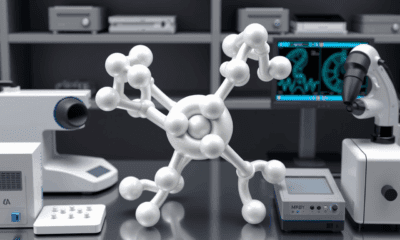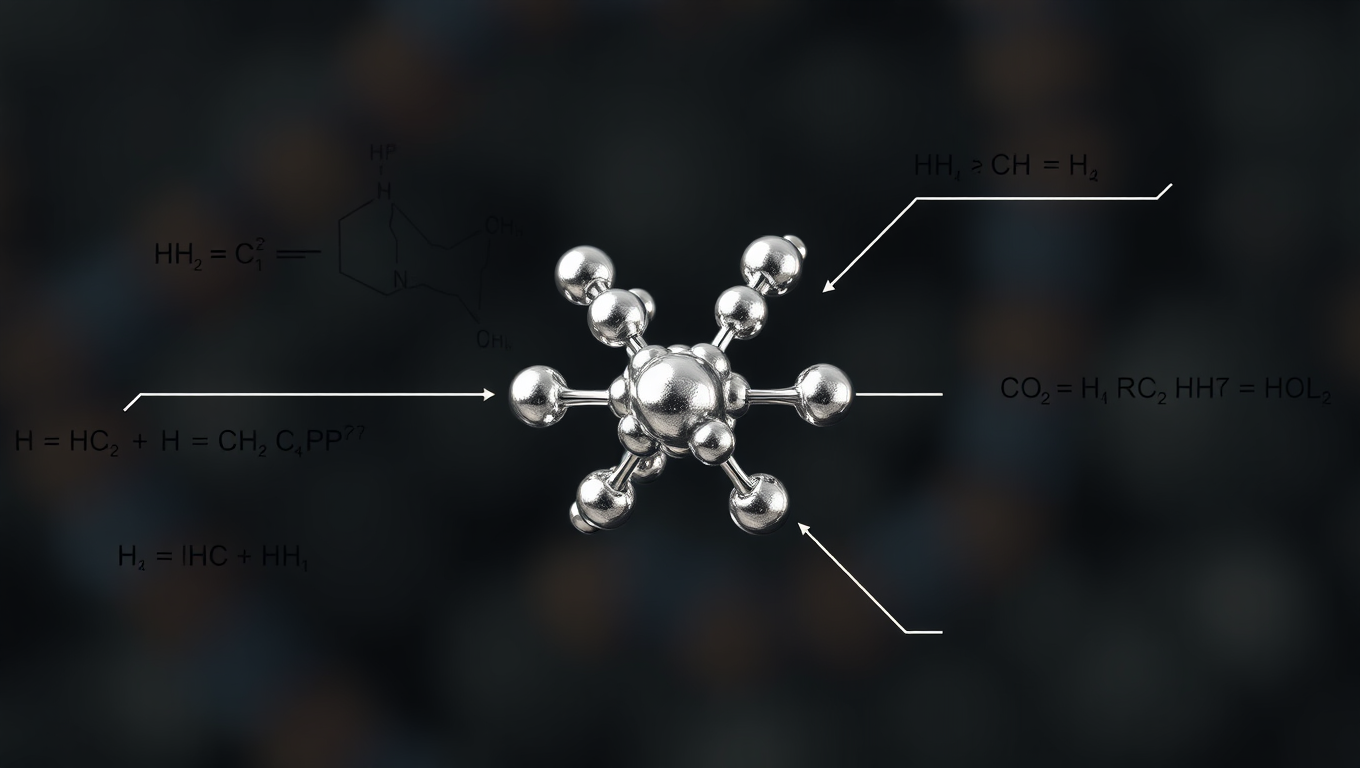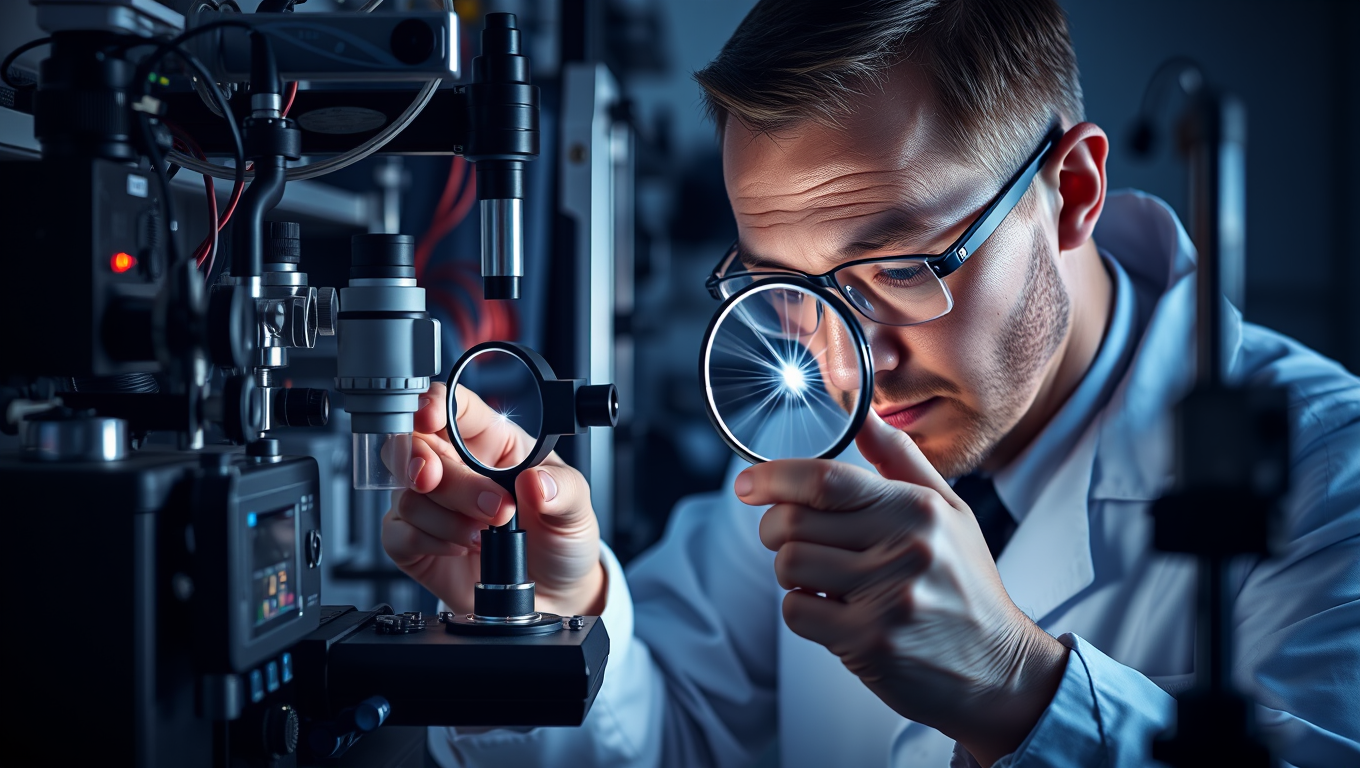While we try to keep things accurate, this content is part of an ongoing experiment and may not always be reliable.
Please double-check important details — we’re not responsible for how the information is used.
Chemistry
Revolutionizing Magnetic Field Technology: A Breakthrough Design for MRI and Magnetic Levitation
Two German physicists have reimagined how to create powerful and uniform magnetic fields using compact permanent magnets. By overcoming the limitations of the well-known Halbach array, which works only with infinitely long magnets, they engineered innovative 3D magnet arrangements that work in practical, finite-size setups. Their designs not only boost field strength but also enhance homogeneity, verified through real-world experiments. This game-changing advancement could help bring affordable MRI technology to underserved regions and power applications like particle accelerators and magnetic levitation systems.

Batteries
“Reviving ‘Dead’ Batteries: The Path to a Greener Future”
Lithium battery recycling offers a powerful solution to rising demand, with discarded batteries still holding most of their valuable materials. Compared to mining, recycling slashes emissions and resource use while unlocking major economic potential. Yet infrastructure, policy, and technology hurdles must still be overcome.
Biochemistry
Shape-Shifting Catalysts: Revolutionizing Green Chemistry with a Single Atom
A team in Milan has developed a first-of-its-kind single-atom catalyst that acts like a molecular switch, enabling cleaner, more adaptable chemical reactions. Stable, recyclable, and eco-friendly, it marks a major step toward programmable sustainable chemistry.
Chemistry
Scientists Confirm a Fundamental Quantum Rule for the First Time
Scientists have, for the first time, experimentally proven that angular momentum is conserved even when a single photon splits into two, pushing quantum physics to its most fundamental limits. Using ultra-precise equipment, the team captured this elusive process—comparable to finding a needle in a haystack—confirming a cornerstone law of nature at the photon level.
-

 Detectors6 months ago
Detectors6 months agoA New Horizon for Vision: How Gold Nanoparticles May Restore People’s Sight
-

 Earth & Climate7 months ago
Earth & Climate7 months agoRetiring Abroad Can Be Lonely Business
-

 Cancer7 months ago
Cancer7 months agoRevolutionizing Quantum Communication: Direct Connections Between Multiple Processors
-

 Albert Einstein7 months ago
Albert Einstein7 months agoHarnessing Water Waves: A Breakthrough in Controlling Floating Objects
-

 Diseases and Conditions7 months ago
Diseases and Conditions7 months agoReducing Falls Among Elderly Women with Polypharmacy through Exercise Intervention
-

 Chemistry7 months ago
Chemistry7 months ago“Unveiling Hidden Patterns: A New Twist on Interference Phenomena”
-

 Earth & Climate7 months ago
Earth & Climate7 months agoHousehold Electricity Three Times More Expensive Than Upcoming ‘Eco-Friendly’ Aviation E-Fuels, Study Reveals
-

 Agriculture and Food7 months ago
Agriculture and Food7 months ago“A Sustainable Solution: Researchers Create Hybrid Cheese with 25% Pea Protein”





























